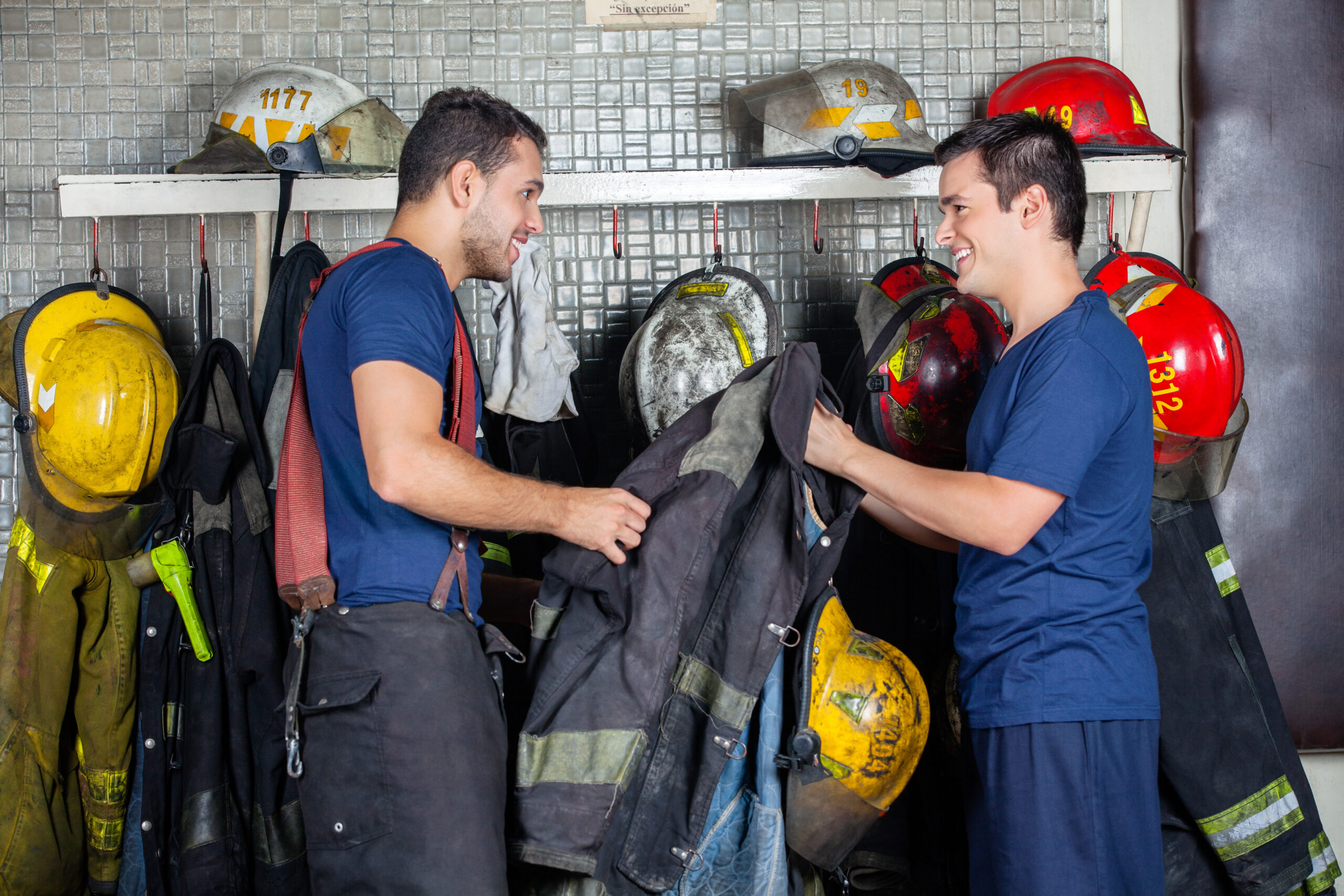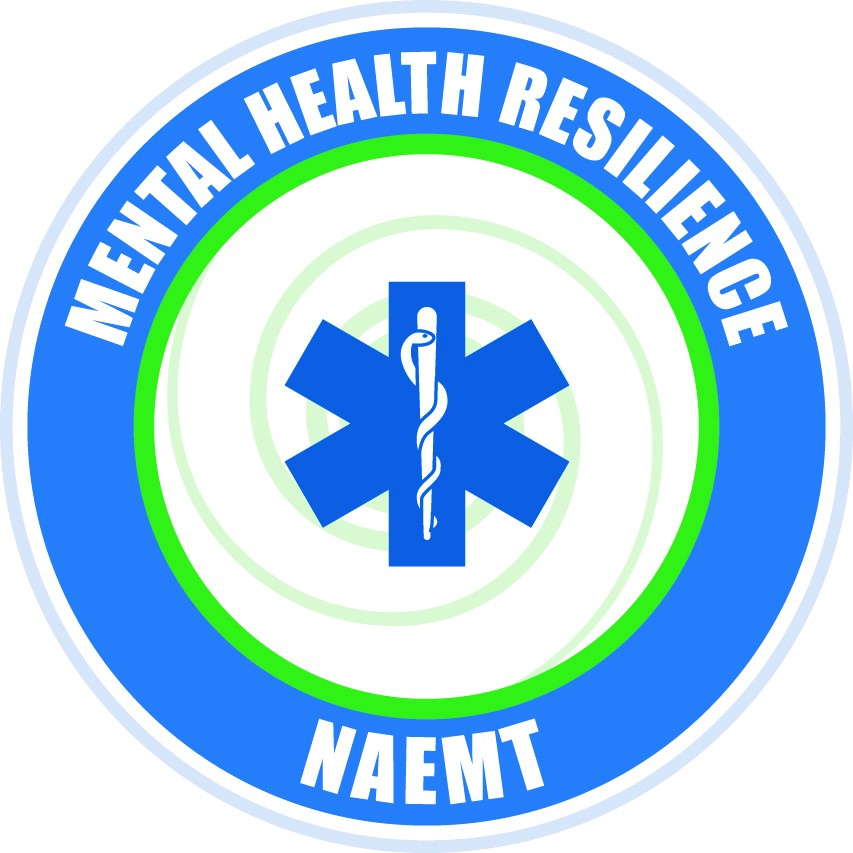
The greatest asset of any EMS agency is its people – the EMS practitioners and other personnel who are there for members of the community during their worst or most challenging moments, and who ensure their patients receive high-quality, compassionate, and life-saving care. To preserve, protect, and strengthen this asset, agencies must develop a culture of wellness and resilience.
Even during the best of times, maintaining wellness and resilience can be challenging. The COVID-19 pandemic, which affected so many aspects of our health, our social lives, and our work, made it that much tougher.
To get through it, EMTs and paramedics needed to adapt, keep going, and hold onto the belief that better days were ahead. As the saying goes – they bent without breaking.
That ability to recover from stress and adversity is known as resilience. Resilient people have the capacity to bounce back mentally and emotionally from setbacks. When dealing with a traumatic or stressful situation, resilient people can process what happened and cope in healthy ways. Faced with hard times, the resilient are eventually able to resume optimal functioning.
The events of the last two years brought urgent attention to the importance of resilience in protecting EMS practitioners from the most stressful aspects of their profession. Resilience is essential to EMS practitioners in staving off mental health issues such as depression, substance abuse, PTSD, and suicidality.
To assist the EMS profession with building the resilience of the EMS workforce, NAEMT created a new education program, the Mental Health Resilience Officer (MHRO) course. The online course provides the foundational tools for EMS agencies to create or enhance a successful mental health resilience program, that can be tailored to their agency size and current resources.
The following are key lessons about supporting and maintaining resilience, adapted from the course. For more information, visit naemt.org/education/mhro.

Is resilience inherent or learned?
Both. Individuals may come into the EMS profession with varying levels of resilience based on their personalities and life experiences. But resilience isn’t a fixed trait. Resilience can be built by attitudes, behaviors, and social supports.
What are the risk factors in EMS that can diminish resilience?
High levels of stress
Work-related injuries
Long hours
Exposure to trauma
Workplace assaults/violence against practitioners
Unpredictable schedules/shift work
Understaffed agencies
PPE shortages
Why should EMS agencies seek to build resilience in their workforce?
Studies have shown that these risk factors, either alone or together, can result in physical disability, PTSD, lost wages, job-related burnout, clinical depression, relationship challenges, compassion fatigue, substance abuse, and suicide. These outcomes can, in turn, further impact the EMS workforce through high rates of absenteeism, poor job performance, and high turnover.

What factors enhance resilience?
Both internal and external factors can boost resilience. These include optimism; the ability to stay balanced and manage strong or difficult emotions; a sense of safety; and a strong social support system. There are both behaviors and skills associated with resilience and through practicing those skills, individuals can learn to be more resilient.

Is it only on-the-job stress EMS agencies need to be concerned with?
No. Stress is a part of life. What’s going on in an individual’s personal life, family life, or financial life can either make it more difficult to cope with job-related stress, or can help mitigate the effect of workplace stress.
Working in EMS can bring meaning, purpose, camaraderie and lifelong friendships with co-workers. But the job can also compound the normal stressors everyone faces from time to time.
Consider this real-life example:
Drew’s kids did not want to go to school and it was his morning to drop them off. Before leaving the house, he had to spend 10 minutes finding his car keys. He was already 15 minutes late leaving for work when he realized his uniform shirt was in the dryer and was still damp. Drew knew that if he was late to work one more time, he would get a written reprimand, which would jeopardize his merit increase and limit his chances for promotion. On the way to work he realized he didn’t have any cash and his wife had taken the shared ATM card. Thankfully, he managed to make it to work just in time.
Once at work, Drew discovered that his regular partner had called in sick, so he had to work his 12-hour shift with a colleague he didn’t particularly like. He noted that the ambulance hadn’t been disinfected and was not properly stocked. Before he could clean the unit and properly restock it, he was called to the scene of a pediatric trauma code, the result of child abuse. Drew and his colleague were unable to successfully intubate the child, and the intraosseous supplies were missing from the ambulance. Upon arrival at the hospital, the emergency department physician was angry about Drew’s management of the call.
Drew’s story presents several recognizable stressors from both family and work life. These types of stressors can create chronic stress which, even if no single stressor is severe, can diminish an individual’s resilience over time or erode the effectiveness of their resilience skills.

What can EMS practitioners do to build their own resilience?
One strategy is to create a self-care plan. The specifics will vary from person to person, based on their interests and beliefs. But the plan should seek to address six key areas of life that impact health and well-being: physical, emotional, psychological, spiritual, interpersonal relationships, and professional. Here’s an example of a self-care plan.
Physical |
|
Emotional |
|
Psychological |
|
Spiritual |
|
Interpersonal relationships |
|
Professional |
|
What can an EMS mental health resilience program accomplish?
An effective EMS mental health resilience program can help EMS practitioners to recognize and understand the unique stressors of the profession and build resilience for their personal physical, emotional, and mental health. For ideas on what to include, download NAEMT’s Guide to Building an Effective EMS Wellness and Resilience Program.

What does a mental health resilience officer do?
A mental health resilience officer (MHRO) coordinates agency support for practitioner mental health and emotional wellness. The MHRO may become skilled at recognizing when someone is at risk. However, the MHRO is not expected or qualified to diagnose mental health conditions or provide counseling. The MHRO role is to:
Identify: Notice and name stressors, traumatic events, compassion fatigue, and other factors that may impede a colleague’s resilience.
Educate: Increase the knowledge and understanding of those around you on mental health resilience and emotional wellness.
Advocate: Act on behalf of all agency personnel to secure the resources and training required to build and sustain resilience.
Support: Create an agency-wide atmosphere of mental health resilience and assist peers who may need mental health support by referring them to appropriate resources.

Mental Health Resilience Officer Course: The Details
The Mental Health Resilience Officer (MHRO) course prepares EMS personnel to engage with peers to develop an understanding of mental health issues and resilience; identify peers who are experiencing mental health stressors and crises; navigate peers in need to the right services for help; and support the development of a culture of mental health resilience and emotional wellness within the agency.
This online course is designed for EMS practitioners who meet the following qualifications:
At a minimum, current state certification or license as an EMT
At least three years of full-time practice (or equivalent) at the EMT level or above
Strong interpersonal communication skills with an interest in serving in this position
Prior experience with critical incident stress debriefing (CISD) and/or motivational interviewing preferred
Learn more at: https://naemt.org/education/mhro
